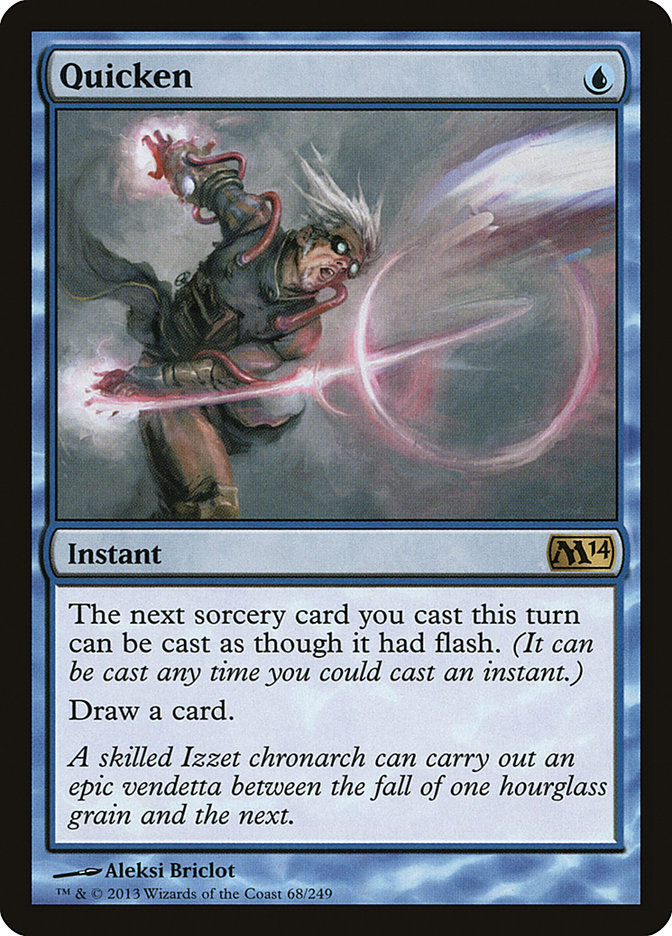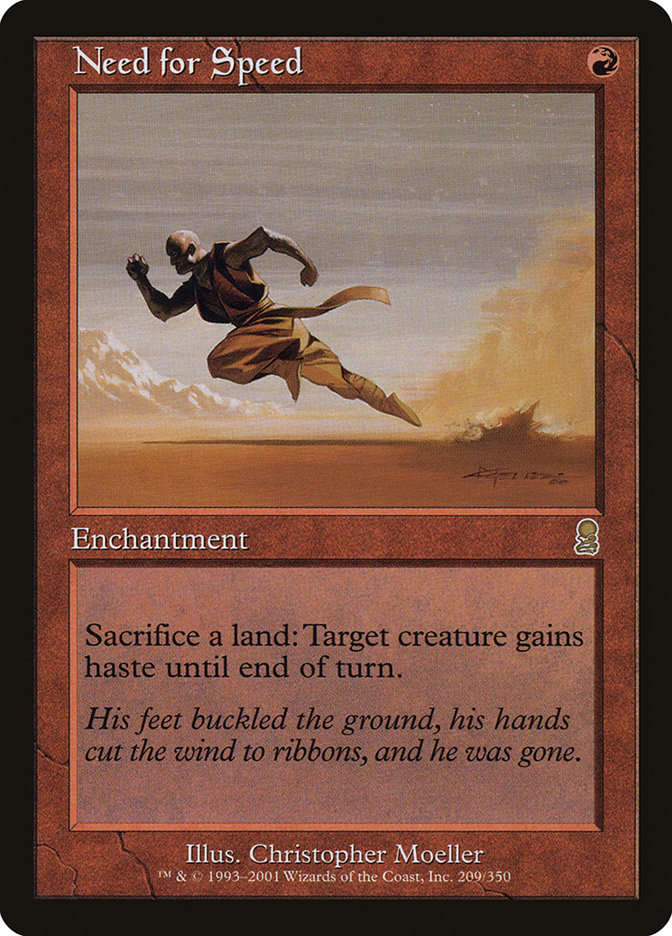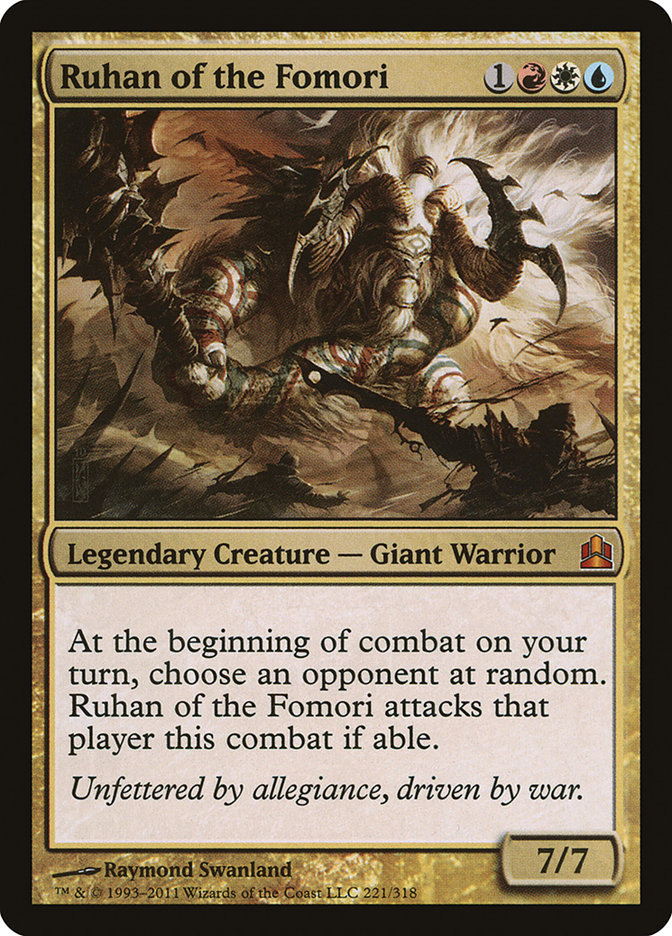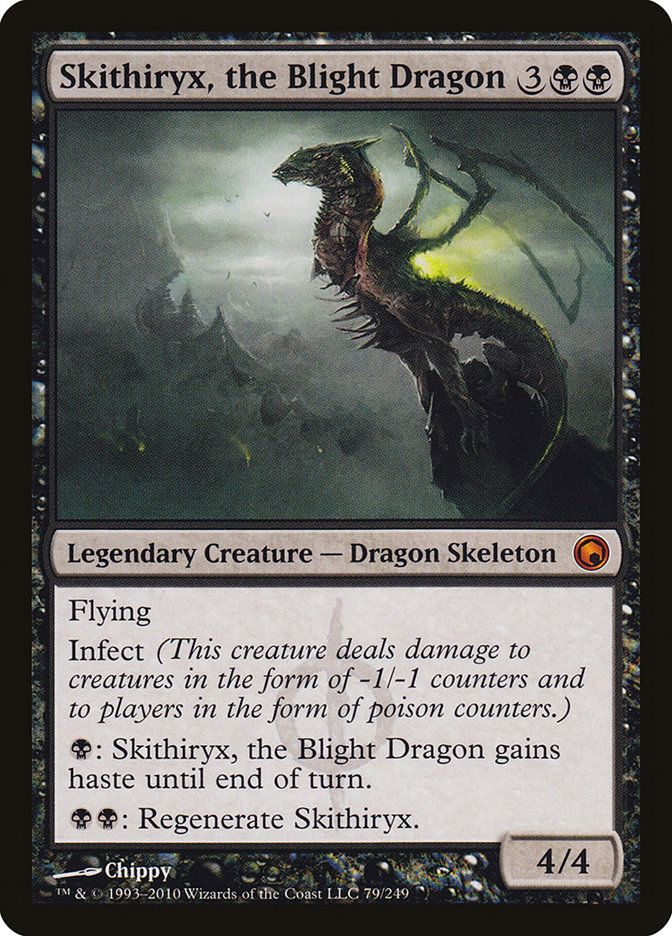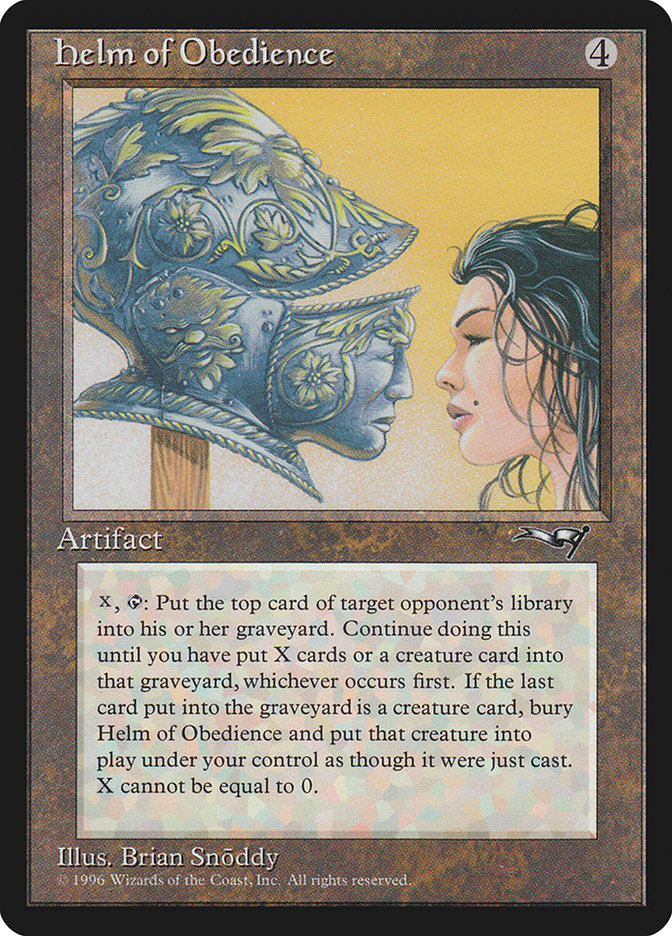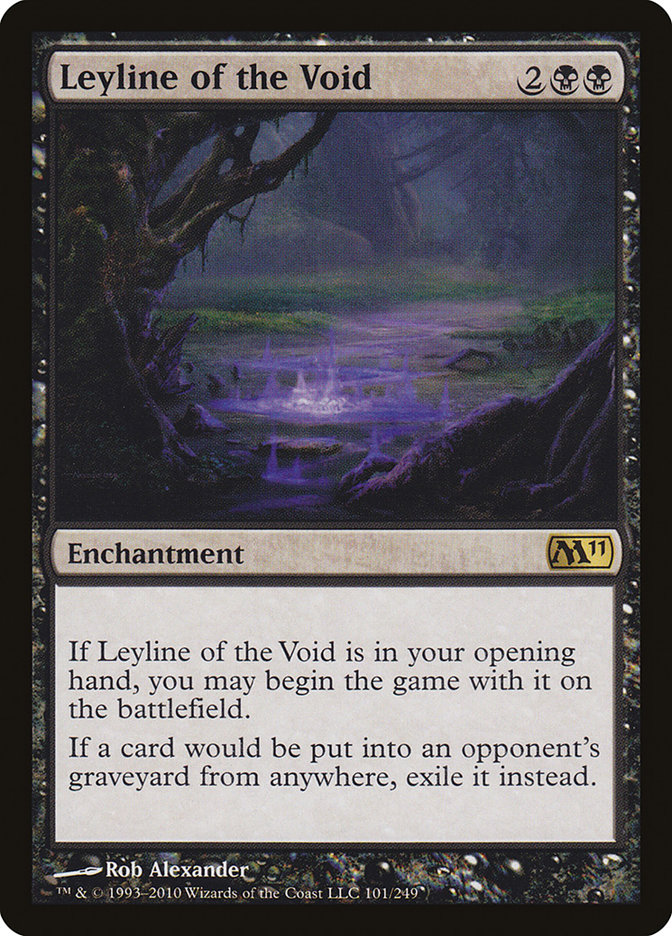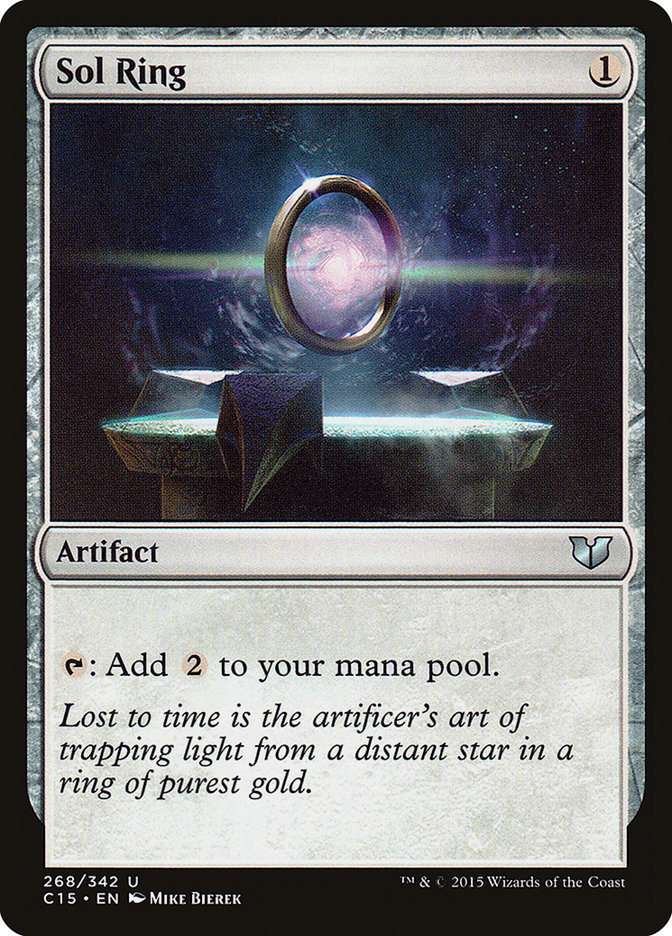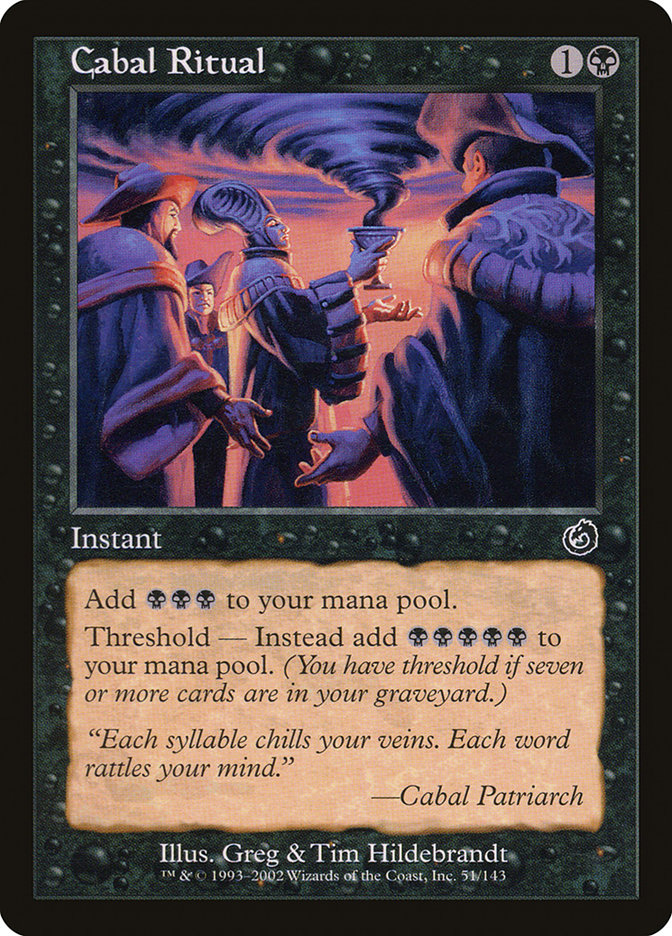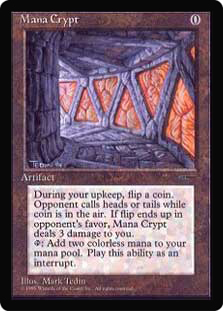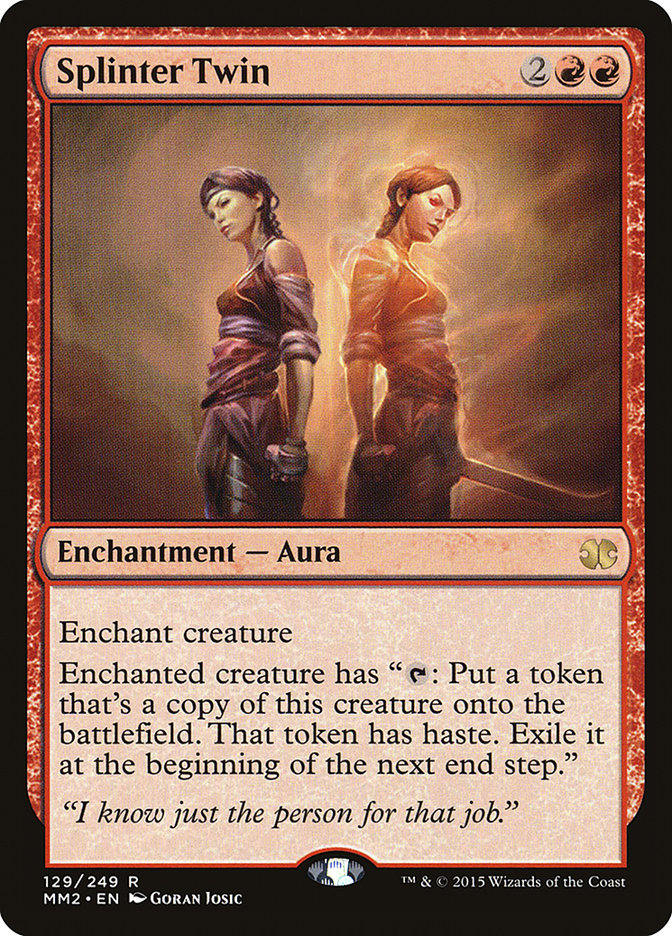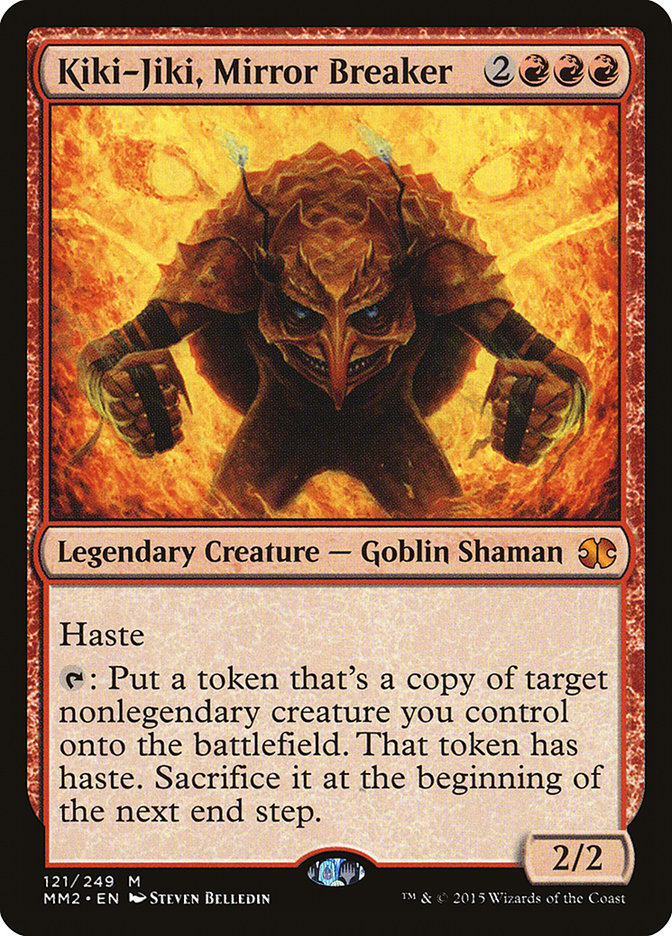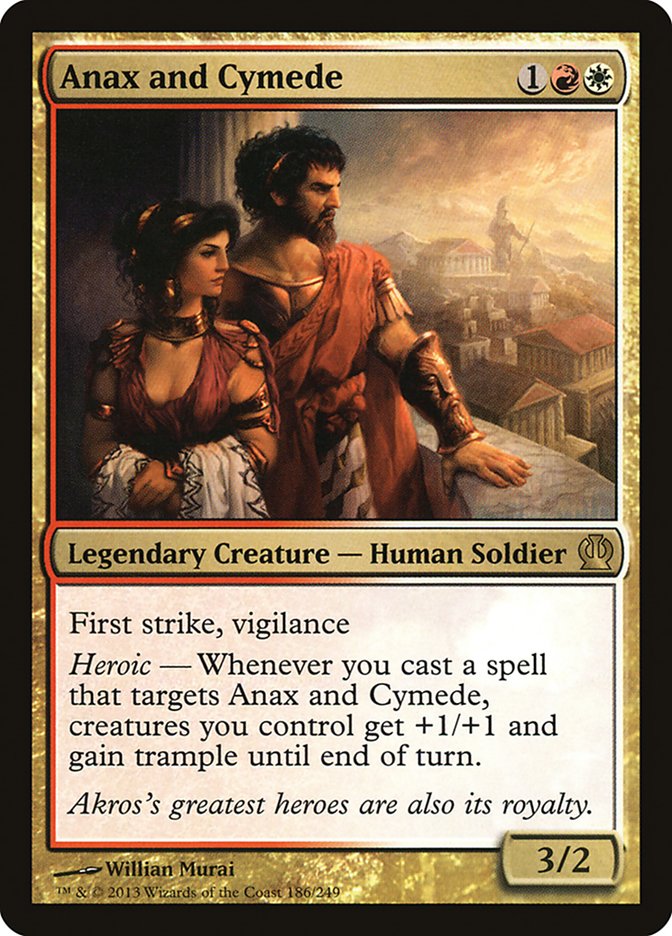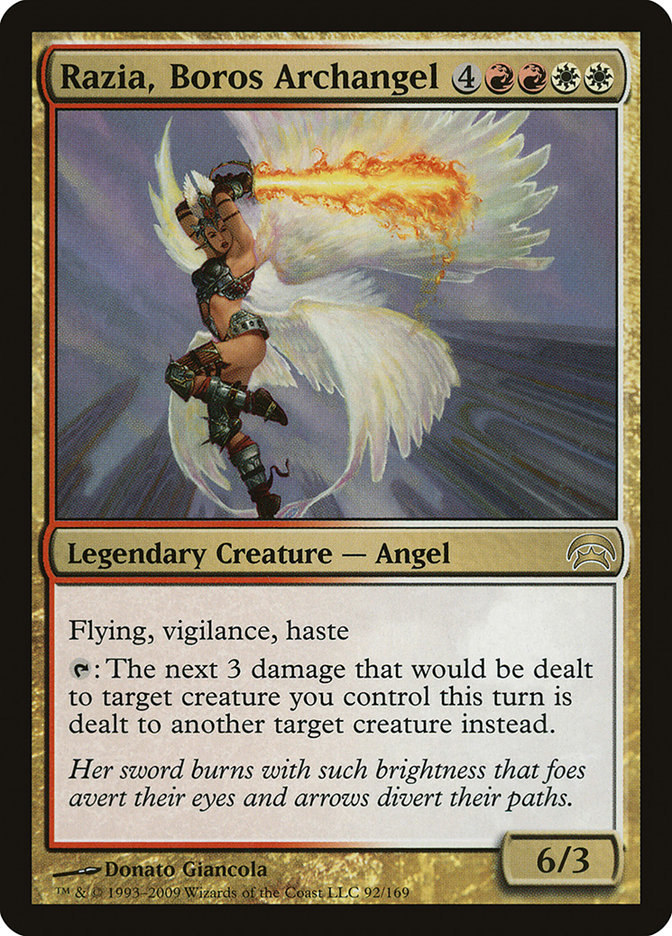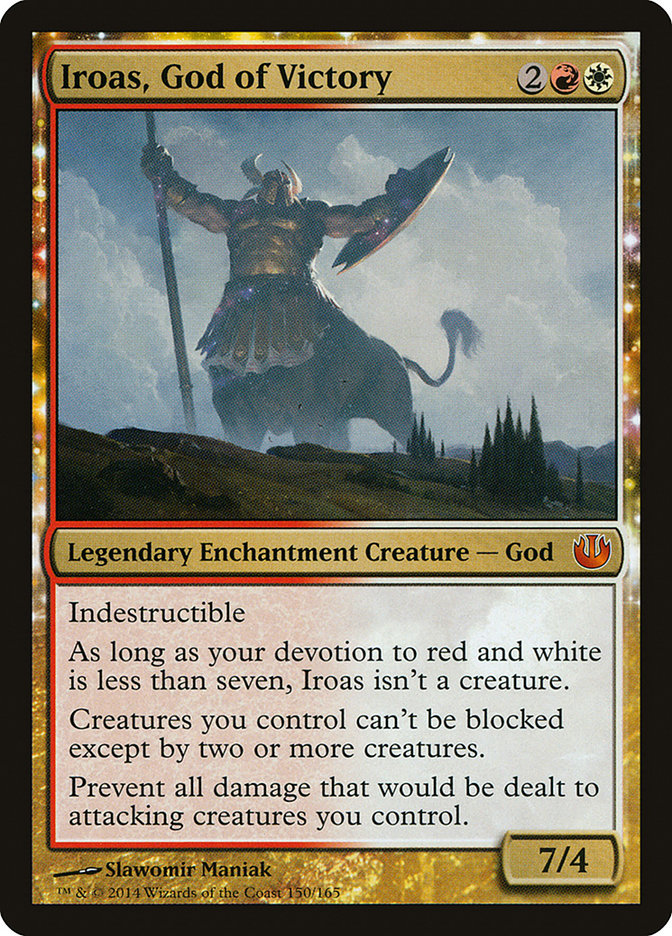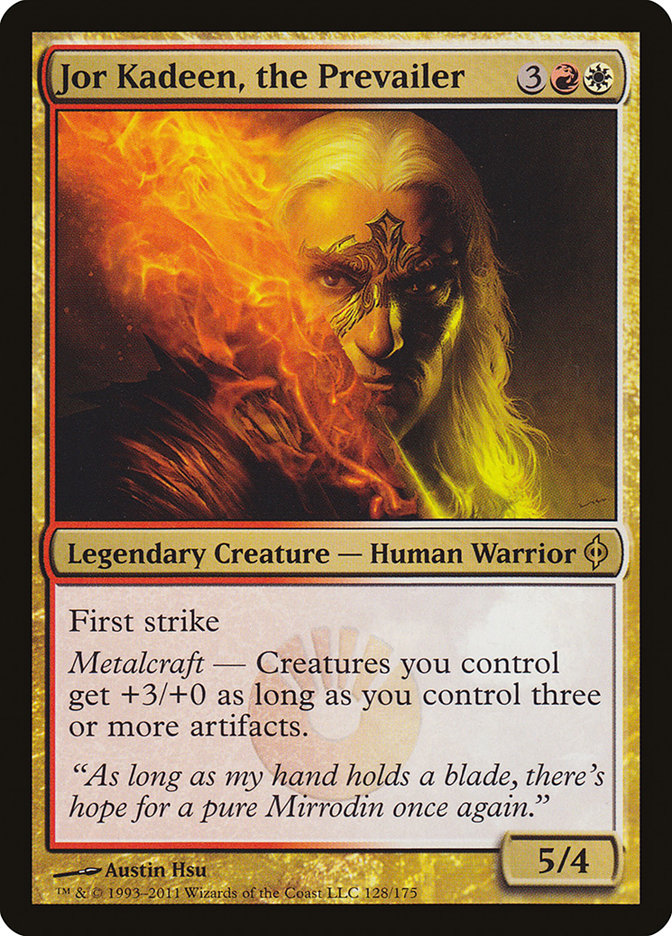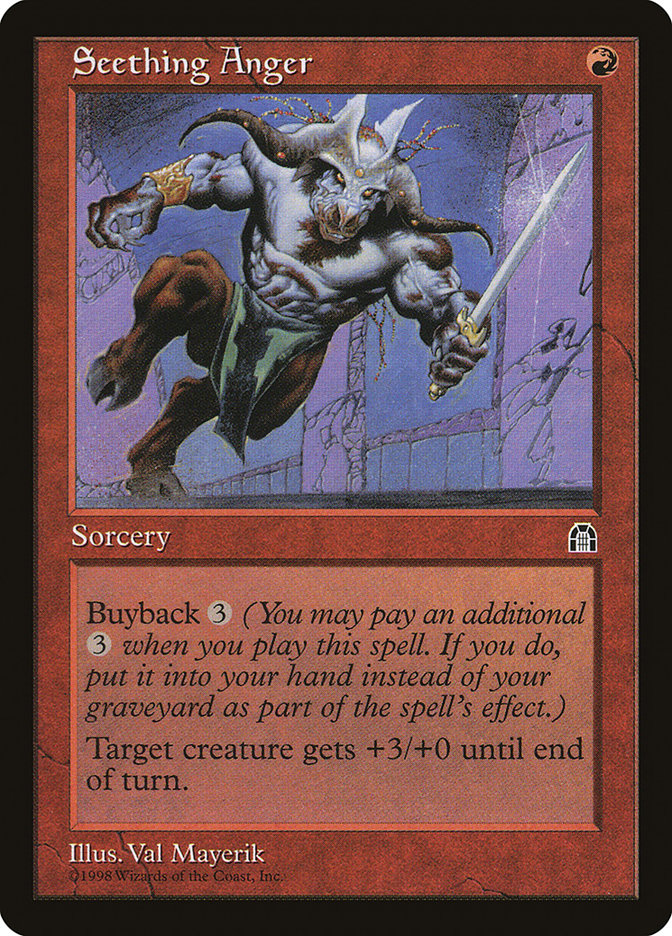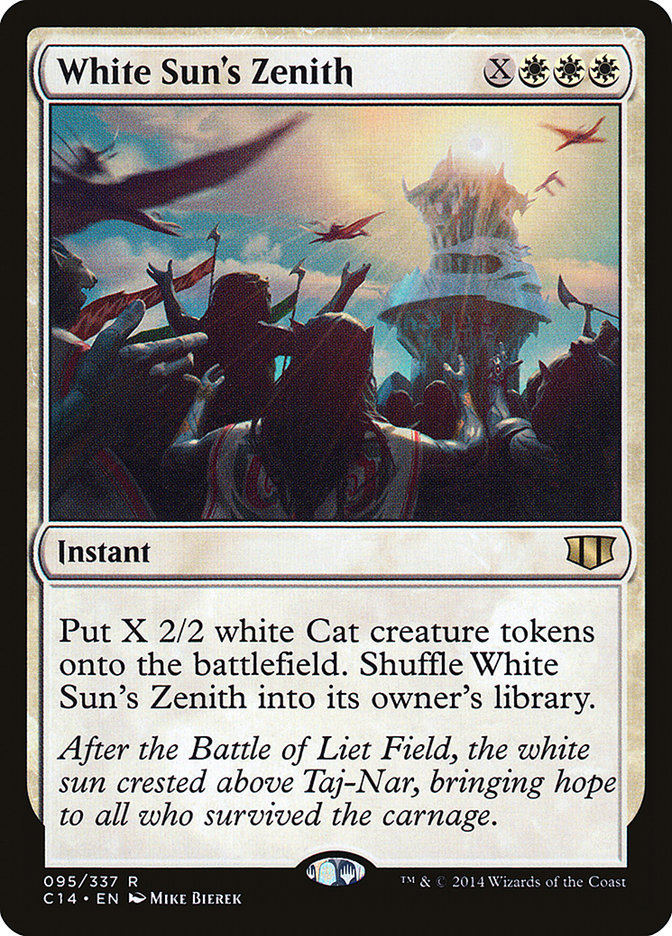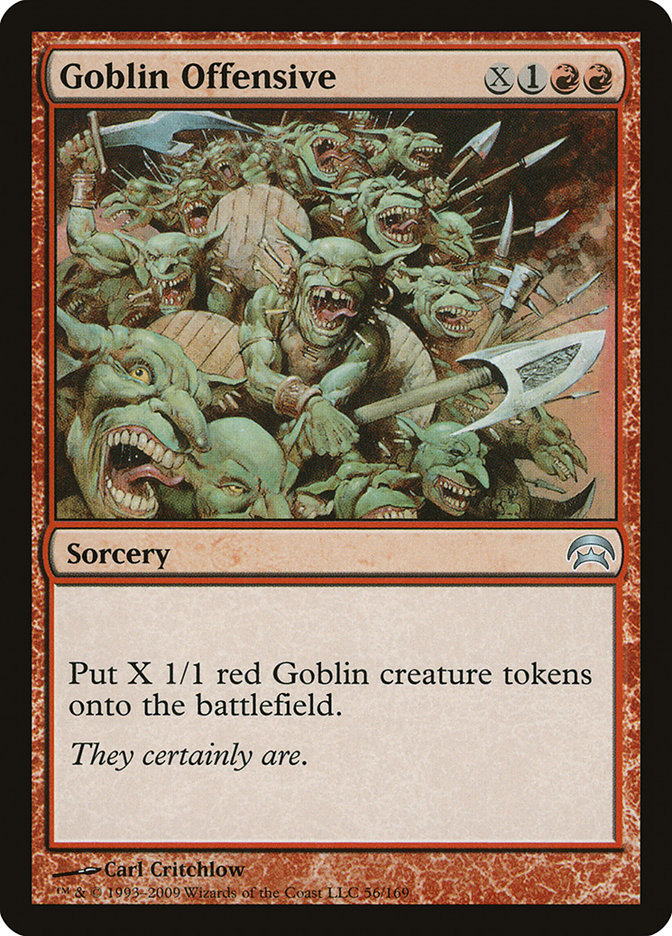Commander games most often range from three to six players, but what works effectively in these situations varies from size to size. A two-player Commander game is much better off using the Duel Commander or French Commander setup, which has different rules and a different banlist.
I’m not familiar with that format enough to offer any advice; however, a game with only three players uses the exact same structure and rules as a game of six players (I really, really, really do not recommend going above six players for Commander).
This range of players functions completely differently with each player added. Today I’m going to focus on three-player games and what makes them tick. I see these games start up to fill in time between other games, or when someone is taking an eternity trading, or when waiting on the fourth to show up. But what causes the issues in this set up?
A three-player game often breaks down into three scenarios. Scenario one: you watch a duel between the other two players. After one of them beats the other, you are involved in a duel with the remaining player. Scenario two: you participate in a duel with one other player. You either lose or win and engage in a duel with the other remaining player. Scenario three: someone leaps into a commanding position and runs over the other two players (this may be you or anyone else at the table).
Aggro
Three-player games are much faster than a four player game. While this seems obvious, the lower amount of life across the entire game quickens the clock a ton.
The amount of damage that needs to be dealt does speed up the game, but the real reason the games are so much faster is that there are fewer answers and far less time to find them. If someone gets into a lead, there are only two people who can mess with them.
You need a more active game plan for a three-player game, which makes aggro extremely effective.
General damage is particularly effective because the damage to kill a single player will eliminate both opponents. Technically it’s 42 damage, but that is still basically eliminating one opponent. If you are on an aggressive swarm strategy, there is less time for an opponent to find a Wrath of God effect to sweep your battlefield.
Combo
Another strategy that works well for a three-player game is a fast dedicated combo strategy. The speed helps, and the dedicated combo deck is often difficult to disrupt; with fewer opponents to possibly interact with you, each card gets better. To be fair, a fast combo deck pretty much always works.
If this is within your group’s social contract, then go have a blast with Leyline of the Void and Helm of Obedience or some other two- or three-card combo (Izzet Guildmage, Lava Spike, and Desperate Ritual is a fun one too).
Be aware that many players are not really looking for a game that eliminates a player before they get a turn, as when you draw Leyline of the Void in the opening hand, along with Sol Ring and Mana Crypt with the Helm or Swamp, Dark Ritual, Cabal Ritual with Helm, or any way to get to four mana (or five mana with Planar Void) on turn 1. It is completely doable.
But most people are not interested in playing after that happens, and almost certainly not with you, so what did you gain? Rather than run a deck as fast as Omni-Tell or Ad Nauseam, you may want to try something more like the Izzet Guildmage combo or Splinter Twin combo (still legal in Commander) if you want to go that route.
Not Control
While aggro plans, especially Voltron plans, and fast combo are much better in a small game, control decks take a beating. Counterspells? An opponent can sneak something under them like Serra Ascendant or even a commander like Ayli, Eternal Pilgrim or something like Liliana, Heretical Healer before you can have the mana up to counter. Sweepers? An opponent can remove you from the game before you can cast yours. Card advantage? Does not matter much if you are dead after casting Preordain, Merchant Scroll, and Rhystic Study.
Sure, you might win next turn, but if you don’t get to take that turn, it won’t matter. Heck, even if an early threat is neutralized by a timely Path to Exile or even a Crib Swap (don’t laugh; the card is great for big dumb stuff like Avacyn, Angel of Hope or Sheoldred, Whispering One), the damage racked up by an early threat can be catastrophic to your ability as a control player to… well… live.
The Gameplan
So what is the recommendation? Boros, baby! R/W is probably the weakest combination for the Commander format in a vacuum. Luckily, this is not a vacuum, because the Boros can kick some serious butt in smaller games. What is R/W best at? Speed! Boros in Ravnica: City of Guilds (heck yeah, original title drop!) and Return to Ravnica was the fastest guild. Mardu and Jeskai in Khans of Tarkir block were the fastest clans.
The reason that all of this is noteworthy is because speed kills. Maybe you want to be the “bigger deck” in a lot of Standard games, but when everyone keeps going bigger and bigger, the best move is to streamline again. Commander is a format where Big Red is the norm and going to Bigger Red, Biggest Red, and Oh No Red Goes Even Bigger! is a regular thing. Oh, sure, you can go bigger, but getting streamlined is way more efficient. Now, raw power matters too, but speed kills.
What commander? Jor Kadeen, the Prevailer is typical; Agrus Kos, Wojek Veteran is bland; and Aurelia, the Warleader gets expensive. Anax and Cymede is like our Goldilocks for a commander: fast, powerful, and able to be built around well. Board wipes are not too threatening because the commander costs three mana to start, and five or seven is doable even with a trimmed-down deck. Pumping for lots and lots of damage before people have their defenses ready? Now we’re talking!
My build for Anax and Cymede lets Cymede run wild, kicking all sorts of booty, while Anax handles the logistics of her moving army (it’s my headcanon) by keeping the curve small. Really small. Tiny, even.
It’s a Tiny Leaders-inspired deck. I don’t know or even care if anyone still plays Tiny Leaders as a format, but I find the deckbuilding restrictions interesting. Loads of Commander staples are huge haymakers and explosive cards that cost six or more mana easily. What happens when you only have three-mana cards for Commander?
That’s how my deck started. Mark Rosewater frequently says that restrictions breed creativity. This kind of restriction makes Commander games really interesting for me. No Insurrections, Dragons, Angels, or even a Wrath of God for this deck.
Creatures (24)
- 1 Soltari Champion
- 1 Skyhunter Skirmisher
- 1 Warbreak Trumpeter
- 1 Tragic Poet
- 1 Pianna, Nomad Captain
- 1 Boros Swiftblade
- 1 Serra Avenger
- 1 Mesa Enchantress
- 1 Stingscourger
- 1 Figure of Destiny
- 1 Apex Hawks
- 1 Goblin Wardriver
- 1 Mentor of the Meek
- 1 Precinct Captain
- 1 Sunhome Guildmage
- 1 Observant Alseid
- 1 Hopeful Eidolon
- 1 Akroan Hoplite
- 1 Nyxborn Shieldmate
- 1 Everflame Eidolon
- 1 Nyxborn Rollicker
- 1 Ghostblade Eidolon
- 1 Prophetic Flamespeaker
- 1 Hallowed Spiritkeeper
Planeswalkers (1)
Lands (38)
Spells (36)
- 1 Goblin Offensive
- 1 Swords to Plowshares
- 1 Flickering Ward
- 1 Mobilization
- 1 Skull of Orm
- 1 Skullclamp
- 1 Oblation
- 1 Crown of Flames
- 1 Anoint
- 1 Seething Anger
- 1 Armistice
- 1 Mogg Alarm
- 1 Reckless Charge
- 1 Unquestioned Authority
- 1 Psychotic Fury
- 1 Griffin Guide
- 1 Spirit Loop
- 1 Undying Rage
- 1 Oblivion Ring
- 1 Double Cleave
- 1 Rise of the Hobgoblins
- 1 Scourge of the Nobilis
- 1 Banefire
- 1 White Sun's Zenith
- 1 Midnight Haunting
- 1 Gather the Townsfolk
- 1 Krenko's Command
- 1 Boros Charm
- 1 Molten Birth
- 1 Chosen by Heliod
- 1 Titan's Strength
- 1 Launch the Fleet
- 1 Desperate Stand
- 1 Crater's Claws
- 1 Hordeling Outburst
- 1 Feat of Resistance

The basic theme is to make some tokens, land Anax and Cymede, pump them as much as possible and get into the red zone. Lather, rinse, repeat. Most cards either help provide tokens, or pump up the damage being dealt.
The cards that best show off the deck’s goals are Ghostblade Eidolon, Everflame Eidolon, Double Cleave, Flickering Ward, and Seething Anger. Seething Anger is the absolute MVP for this deck. The more times it resolves, the greater the chances of taking out opponents.
My Build Explained
Now, this is not optimal. This was already covered by the theme, but I want to state it again. The bestow creatures are often weak; however, they are extremely fun, provide ways around the “converted mana cost of three or less” restriction, and give the deck a little bit of sweeper and removal protection. Since the Eidolons just become creatures once Anax and Cymede retire to the command zone, ideally they’ll stick around for the next wave of pump spells. The token generators (and there are a hefty number) help make the most of Anax and Cymede’s sweet heroic trigger. Unlike many of the heroic cards, Anax and Cymede pump the whole team and give everyone trample. Having a handful of creatures to turn into 3/3s or 4/4s with trample is not a bad thing at all.
I said that Seething Anger is the deck’s MVP, and it really truly is. It may be a bit clunky, but paying 3R for +3/+0 and a heroic trigger for +1/+1 and trample is a solid deal, particularly when I have something like eight mana and can cast it twice. Anoint fills a similar, but much worse role in preventing damage to Anax and Cymede while getting heroic triggers.
Other repeatable triggers come from the Flickering enchantments and the recursive ones. Crown of Flames or Flickering Ward can get a lot of triggers for RR or WW, respectively, while cards like Undying Rage help fight against the deck’s low ability to generate card advantage. Strive cards just get triggers and help use some extra mana for more value. Regular pump spells do their thing and double strike is spectacular on Anax and Cymede. The few recursive elements help get back some enchantments to keep pumping Anax and Cymede for battle.
Finally there is the stuff that cheats the build: X spells. White Sun’s Zenith and Goblin Offensive only cost three mana; Rise of the Hobgoblins costs two. But paying a ton into the X can make a follow-up turn incredible. Decks flood sometimes, and while there are mana sinks in the deck, these cards help a lot. The burn spells just help finish off people who hide behind Propaganda effects.
Wrap-Up
This deck will suffer in a six-person game (I have tried it and I would not exactly use the term “fun” to describe the experience), but it rocks a three-player game. Getting in some early beats with Anax and Cymede helps while developing the battlefield. Then the deck starts generating heroic triggers left and right to get in for lots of damage. The best part for a three-player game with this deck is sending the creatures and tokens at one opponent while sending Anax and Cymede into combat against the other one. It is entirely possible to end the whole game early through commander damage and then finishing off the other foe. It’s all about taking advantage of the situation you are given.
Remember, in a three-player game, speed is better than raw power. Typically a three-player game breaks down into two of the players in a duel with a spectator or someone just running over the whole table. Be the person in the lead, use a fast Boros deck, and get to the attacking! Aggro fails as more opponents play, so give the R/W decks some love when you get the chance.
Let me know what you think! How do you battle when there are only three of you?


